So you’ve just gotten a new tattoo and you’re wondering if you can still get laser hair removal done on the same area. The answer is yes – but there are some things you need to know before scheduling your appointment. In this article, we’ll discuss the basics of laser hair removal on tattoos, including how it works and what to expect. We’ll also cover any potential risks or side effects associated with the procedure. Keep reading for more information!
How does laser hair removal work
During laser hair removal, the light from the device is absorbed by melanin, a hair pigment. The pigment heats up and begins to destroy neighboring cells responsible for growth, or adjacent vessels that deliver nutrients to the follicle. The root is destroyed and the hair itself falls out after a few weeks.
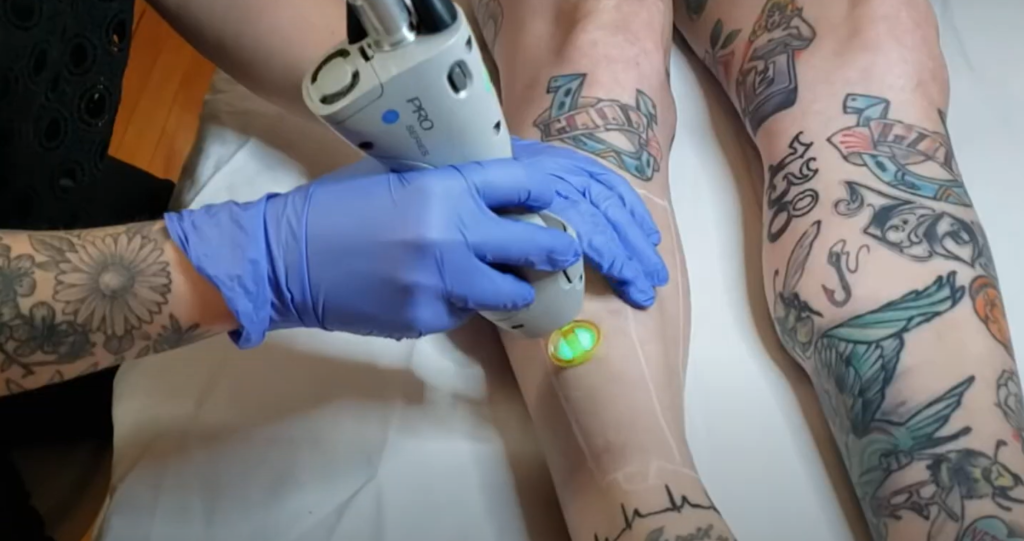
Such an effect is effective only on hair containing melanin (that is, light blond and darker), as well as during the period of activity of the hair follicle. Therefore, the hair does not disappear immediately – it will take several sessions at intervals of a couple of weeks. [1]
What are the types of lasers?
Ruby laser
This type of laser hair removal was used in the 90s. It was the time that the development of laser technologies in the fight against unwanted hair growth began. The ruby laser only removes black hair on white skin. The beam is not tuned to the hair pigment, which causes burns and pigmentation, so during the procedure the person experiences severe pain.
Alexandrite laser
The next step in laser technology is that the laser is already tuned to the hair pigment, but does not provide a built-in cooling system. It removes dark hair on fair skin. However, there is still not enough power to remove light hair, which requires more treatments than with a diode laser. At the same time, in 65% of cases, the alexandrite laser provokes burns and pigmentation on dark and tanned skin.
Diode laser
State of the art permanent hair removal machine. Distinguishes the degree of tanning and automatically builds the necessary parameters. In this case, the beam acts exclusively on the hair pigment or simply scatters.
The special pulse duration protects the skin from damage.Neodymium laser
The neodymium laser is fundamentally different from previous analogues that act on melanin and does not remove the follicle. It removes the blood vessels that nourish the hair and skin. In this case, all organs of the skin in the treated area are affected by heat. Thanks to the wavelength from 1064 nm. The beam penetrates up to the bone tissue.
Why is laser hair removal over tattoos not recommended
After drawing a picture on the body, it is necessary to endure a period of rehabilitation. The skin during this time should be completely renewed and restored. Only after that, it is possible to carry out any cosmetic manipulations in this area. In this case, methods that do not cause structural changes in the cells of the epidermis are suitable for hair removal. In fact, hair removal and tattooing are not compatible.
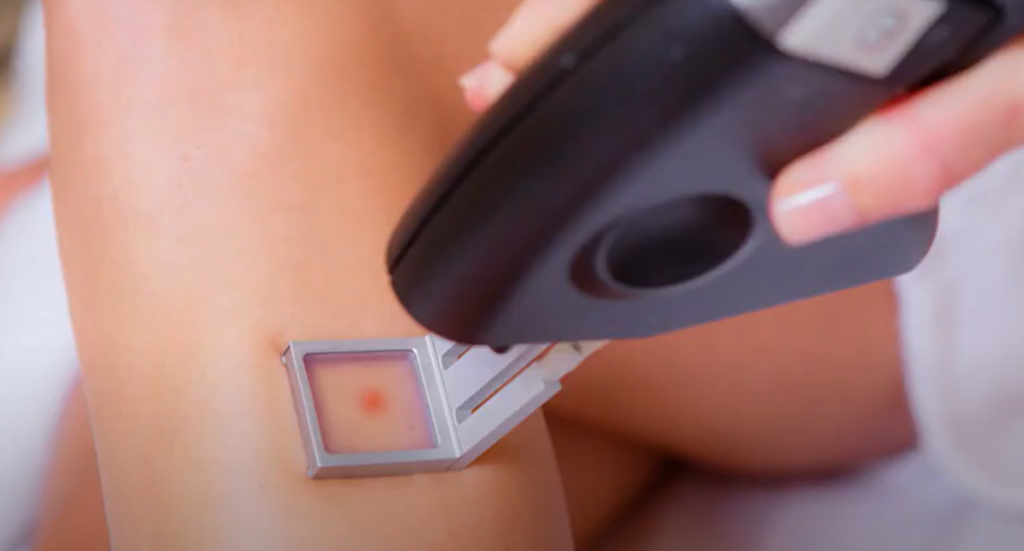
To remove the hairs completely, it is necessary to act on them with a laser or flashlights. In a situation with a tattoo, exposure to light (laser) beams on a colored area of the skin can lead to a deep thermal burn and subsequent scarring. Pigment particles will attract light energy to themselves, heating the surrounding cells. Therefore, to the patient’s question: “Is it possible to do hair removal on a tattoo?” in a professional cosmetology clinic, the doctor will give an unambiguous negative answer. An alternative in such cases would be electrolysis or depilation. Through waxing or sugaring, you can get rid of hairs, but only for a while, but these methods are safe for skin with a tattoo. [2]
Does laser hair removal remove tattoos?
When exposed to a laser, the color pigment of the pattern can be destroyed. At this point, a skin burn occurs, which looks like a blister. After healing, scars and white spots remain on the tattoo. However, there is an exception here. Contrary to the opinion of skeptics, we hasten to assure you that laser hair removal on a tattoo is quite acceptable. But there are some nuances here.
A laser removes hair by targeting the pigment in the hair shaft. This is why people with dark hair get the best results. The same principle applies to tattoos. So if your tattoo is new and still has a lot of pigment, you have a higher risk of damaging it during treatment. Older tattoos are easier to treat because the ink has had time to settle into the deeper layers of skin. As a result, there is less pigment on the surface that can be targeted by the laser. [3]
If you’re considering laser hair removal and have a tattoo in the treatment area, talk to your technician about your concerns. They may recommend doing a test spot first to see how your skin reacts. Keep in mind that even if your tattoo isn’t damaged during treatment, there’s a chance that the laser light will change its color.
How can I protect my tattoo during laser hair removal?
There are a few things you can do to protect your tattoo during laser hair removal:
- Talk to your technician: Be sure to let your technician know that you have a tattoo in the treatment area. They can adjust the settings on the laser to minimize the risk of damage.
- Do a test spot: If you’re really worried about damaging your tattoo, ask your technician to do a test spot on a small area of skin surrounding the tattoo. This will give you an idea of how your skin reacts to the laser before treatment begins.
- Use numbing cream: Numbing cream can help reduce discomfort during treatment. It can also help protect your skin by reducing the amount of heat that’s absorbed. Just be sure to apply it sparingly so it doesn’t affect the results of the treatment.
Laser hair removal is a popular cosmetic procedure, but it’s important to keep in mind that it comes with some risks.
You may also want to consider doing a test spot first. And, finally, be sure to use numbing cream during treatment to help reduce discomfort and protect your skin.If you follow these tips, you can get laser hair removal on a tattoo without damaging it. [4]
How To Get Laser Hair Removal Done Without Affecting The Tattoo?
In fact, in some cases, it is safe to perform laser hair removal on the tattoo area. There are three ways to do this:
- First, undergo a course of epilation, and only then, after the recovery period, apply a tattoo;
- Color over the elements of the picture with a white cosmetic pencil;
- Use a special neodymium laser operating in the nanosecond range.
The first way is the best. First, you remove all unwanted vegetation, and only then go to the master to add pigments to the skin. Laser hair removal is best done with Apogee+, manufactured by Cynosure, the world leader in cosmetic lasers. This is an alexandrite apparatus that removes vegetation on the skin of I-III phototypes in 3-6 sessions. At the same time, the device removes age spots of varying complexity. If you have fair hair or dark skin, or if you have hair of different colors in the same area, such as bleached and natural hair, it is better to use the Elite + laser. It consists of two lasers at once – alexandrite and neodymium, and allows you to remove any hair on all skin phototypes. [5]
The overpainting method helps to avoid burns or changes to the tattoo. The hair above the drawing itself will not be removed: not a single specialist will be able to paint only the skin with jewelry, leaving the vegetation unpainted. Moreover, such a staining technique does not exist.
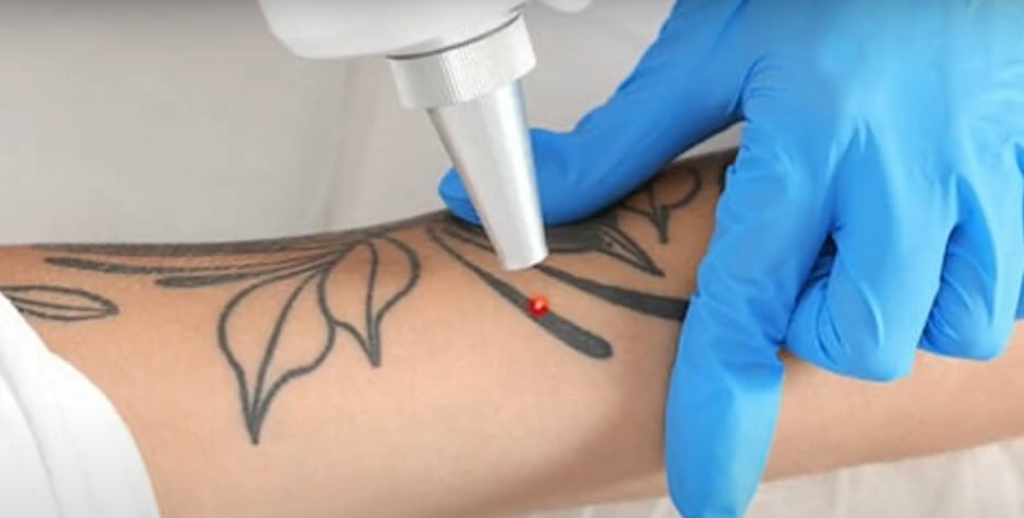
The only way to epilate over the actual tattoo is to use a neodymium laser in the nanosecond range. The essence of the operation of such a device is to seal the capillaries that feed the hair follicles, as a result of which the hair in the treated area falls out. And this is not the neodymium laser that is used to remove tattoos.
The device allows you to make fine adjustments so that the tattoo pigment will remain intact. The procedure on such a laser is characterized by a low level of pain and high speed.Thus, hair removal using most lasers is incompatible with tattoos: the latter are best done after the course of removing unwanted hair has been completed. However, the procedure can also be performed with an already applied tattoo – using the Elite + nanosecond neodymium laser.
FAQ
Will hair removal cream damage a tattoo?
No, hair removal cream will not damage a tattoo. The active ingredient in most hair removal creams is sodium thioglycolate, which breaks down the protein bonds that hold the hair shaft to the follicle. This does not affect the ink in your skin.
After you have tattooed a part of your body, such as your chest, which requires removing thick hair to make the tattoo visible, you can use a hair removal cream. These creams, also called depilators, can be safely applied to tattoos if you follow the manufacturer’s instructions. The chemicals in hair removal cream dissolve the hair on the epidermis, according to the US Food and Drug Administration 1. A healed tattoo is located under the epidermis – in the dermis. Therefore, the depilator does not work on him.
Wait to have the hair removed until the tattoo is completely healed, which usually takes about two weeks. A healed tattoo will get rid of crusts, redness, swelling and shiny pink skin.
Do a patch test with a depilator. Squeeze a small amount of cream onto a cotton swab. Apply cream to the edge of the tattoo outline. If possible, choose a location that will be hidden, such as the inside of your arm if you have a tattoo on your sleeve.
Leave the cream on the skin for the time indicated by the manufacturer. Wash off the cream with cold water. Examine the skin and tattoo where the cream removed the hair, looking for blisters or burns. Wait 24 hours to prevent an allergic reaction to the cream. [6]
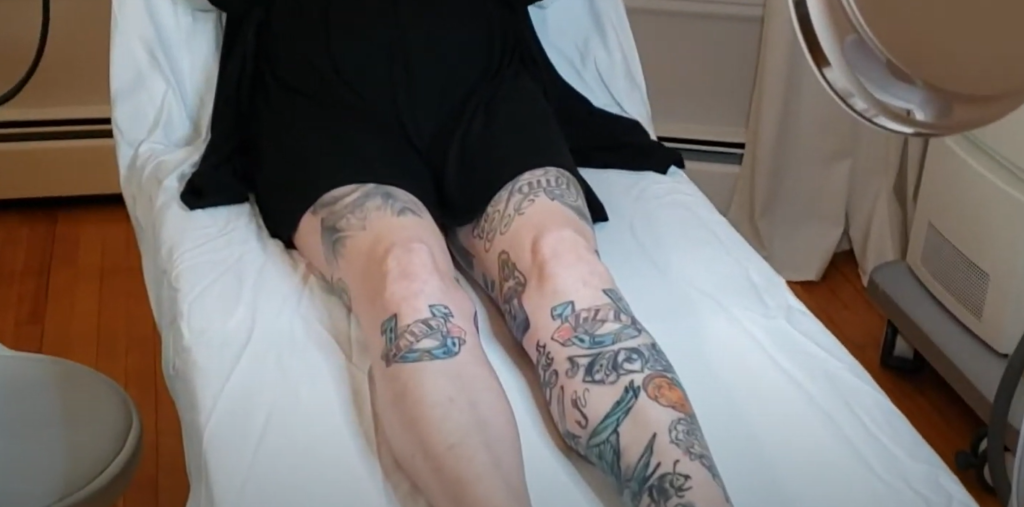
Apply the removal cream to your hair, covering the tattoo area with a cotton swab. Start on the left side of the tattoo and work your way to the right. Completely cover the hair around the tattoo with hair removal cream.
Wash your hands immediately after applying the cream. Set the timer to the recommended time, being careful not to touch the cream while you wait.
After the timer has expired, dampen the washcloth in cool water. Apply a tissue to the skin, removing the epilation cream, pressing it against the hair growth pattern. Wipe the cream off the tattoo until the cream is no longer visible.
Rinse your skin with cool water. To avoid irritation, moisturize your skin with a fragrance-free lotion.
Hints
- Trim long hair with a clipper or scissors before using hair removal cream;
- Wear latex gloves to protect your hands when using hair removal cream.
Warnings
- Never use hair removal creams near or in the eyes, nose, mouth, or genitals;
- Never apply hair removal cream more than twice on the same area within 48 hours.
Why does my tattoo look darker after laser removal?
There are a few reasons why your tattoo may look darker after laser removal. First, the laser targets the pigment in the hair follicle, which can darken the surrounding skin. Second, the heat from the laser can cause inflammation and swelling, which can also make the tattoo appear darker. Finally, if you have a light-colored tattoo, it may be more difficult to remove all of the pigment with one treatment. In this case, multiple treatments may be necessary to achieve desired results.
The ink of a tattoo or facial tattoo lies deep under the surface layer of the skin, as a result of which its removal may take several sessions of laser removal. Neodymium laser tattoo removal is the process of drawing together a pattern using a laser pulse that destroys the color pigment of the pattern under the skin, while leaving adjacent healthy tissue intact.
Does a tattoo keep fading after a laser?
No, a tattoo will not keep fading after laser removal. However, it’s important to note that laser removal is not always 100% effective. In some situations, several treatments may be required to get the desired effects. Additionally, the color of your tattoo may appear lighter or darker after treatment due to the natural healing process.
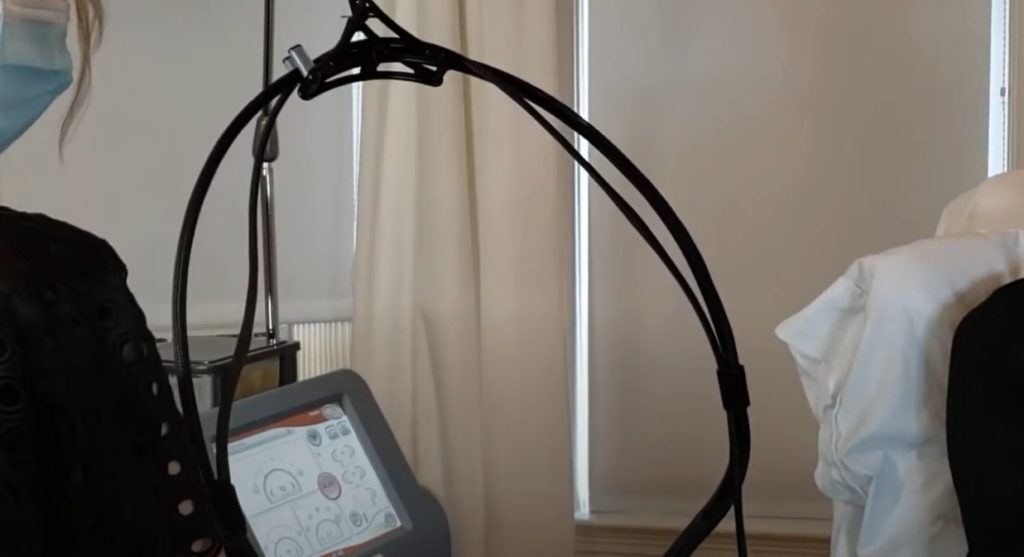
If you’re concerned about your tattoo’s appearance after laser removal, consult with your medical professional. They can assess the situation and recommend further treatment if necessary.
Useful Video: Can You Get Laser Hair Removal On Tattoos ?
Conclusion
So, the answer to our question is yes – laser hair removal can be performed on tattoos. However, it’s important to keep in mind that there are some risks associated with getting laser hair removal on tattoos. If you’re considering this treatment option, talk to your dermatologist about the pros and cons of going ahead with it. And if you already have a tattoo and are looking for ways to get rid of unwanted hair, don’t despair – there are plenty of other options available to you. Thanks for reading!
References:
- https://medspaatseenaone.com/med-spa-blog/will-laser-hair-removal-ruin-a-tattoo
- https://www.bodydetails.com/blog/will-laser-hair-removal-ruin-my-tattoo/
- https://www.wifh.com/treatment-over-tattoo/
- https://www.cleanslatelaserclinic.com/blog/laser-hair-removal-treatment-can-it-damage-my-tattoos
- https://celebritylasercare.ca/will-laser-hair-removal-ruin-my-tattoo/
- https://calveo.co.uk/laser-hair-removal-tattoos/


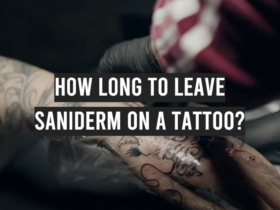
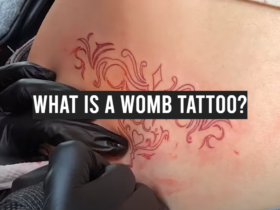

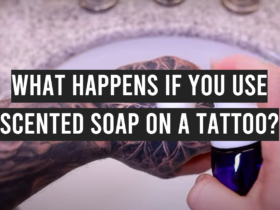


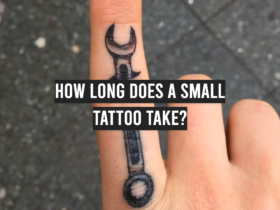

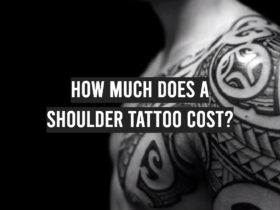
Leave a Review